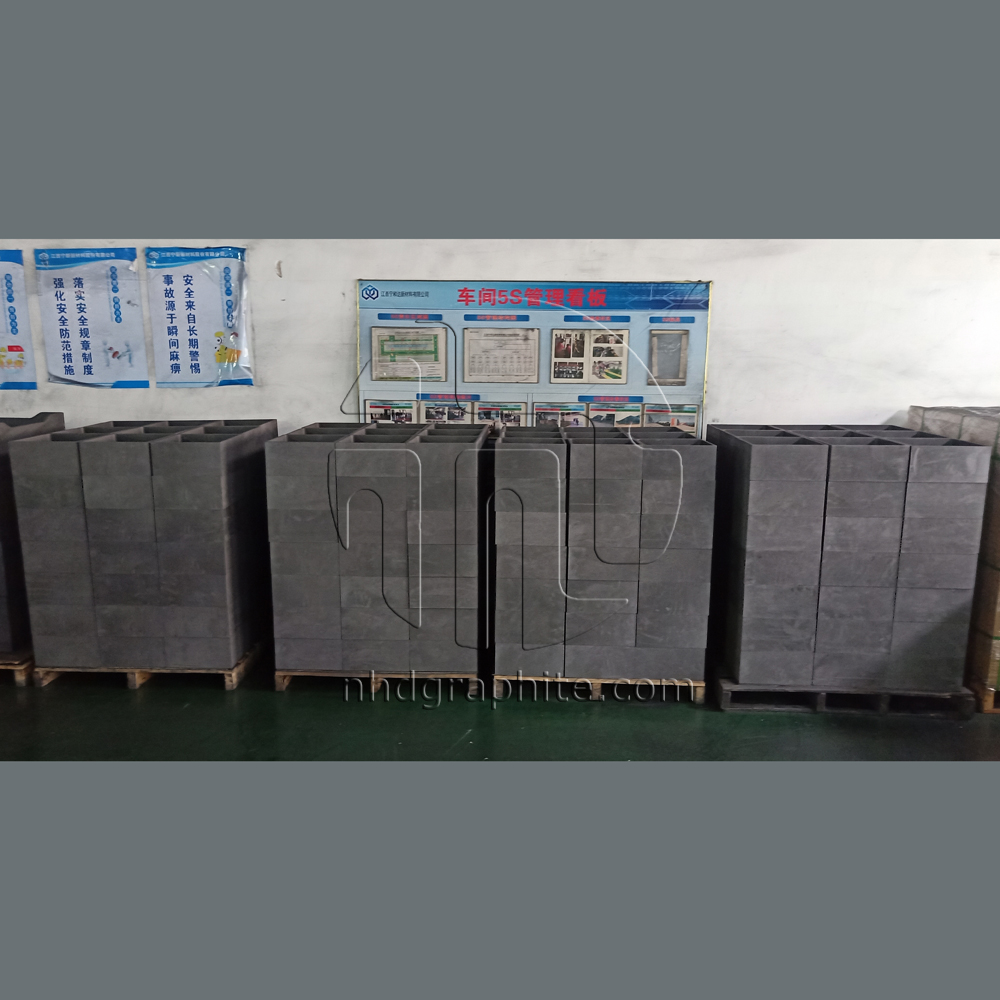With the rapid development of global new energy vehicles, the market demand for lithium battery anode materials has increased significantly. According to statistics, the planned expansion capacity of the top eight lithium battery anode companies in the industry in 2021 is nearly one million tons. The graphitization process has the greatest impact on the index and cost of negative electrode materials. There are many types of graphitization equipment in China, high energy consumption, heavy pollution, and low degree of automation, which limit the development of graphite negative electrode materials to a certain extent. It is an urgent need in the current negative electrode material production process. main problem solved.
Current Situation and Comparison of Negative Graphitization Furnace
1 Acheson graphitization furnace
An improved furnace type based on the traditional electrode Acheson furnace graphitization furnace, a graphite crucible is placed in the original furnace as the carrier of the negative electrode material (the carbonized negative electrode raw material is placed in the graphite crucible), the furnace core is filled with heating resistance materials, and the outer layer is made of Insulation material and furnace wall insulation. After electrification, it mainly relies on the heating of the resistance material to generate a high temperature of 2800-3000 °C, which indirectly heats the negative electrode material in the crucible, and finally achieves the high temperature graphitization of the negative electrode material.
2 Internal heat series graphitization furnace
This furnace model draws on the series graphitization furnace used for the production of graphite electrodes, and several electrode crucibles (with negative electrode materials inside) are connected in series vertically. The electrode crucibles are both carriers and heating elements. The current passes through the electrode crucibles to generate high temperature and directly heat the internal negative electrode materials. The graphitization process does not use resistance material, which simplifies the process of loading and unloading, reduces the heat storage loss of resistance material, and saves power consumption.
3 Grid box graphitization furnace
The application of this furnace type has been increasing in recent years. It mainly absorbs the technical characteristics of the traditional Acheson graphitization furnace and the series-connected graphitization furnace. The anode raw materials are fixed between the anode plates through four-sided slotted connecting columns, and the upper and lower parts of each material box are sealed with anode plates of the same material. The column and the anode plate that make up the material box structure together constitute the heating body. The current is sent to the heating body of the furnace core through the furnace head electrode, and the generated high temperature directly heats the negative electrode material in the box to achieve the purpose of graphitization.
4 Comparison of three types of graphitization furnaces
The internal heat series graphitization furnace directly heats the material by heating the hollow graphite electrode. The “Joule heat” generated by the current passing through the electrode crucible is mostly used to heat the material and the crucible. The heating speed is fast and the temperature distribution is uniform. Traditional Acheson furnaces with hot material are higher. The grid box type graphitization furnace draws on the advantages of the internal heat series graphitization furnace, and adopts the prebaked anode plate with lower cost as the heating body.
Post time: Sep-23-2022




